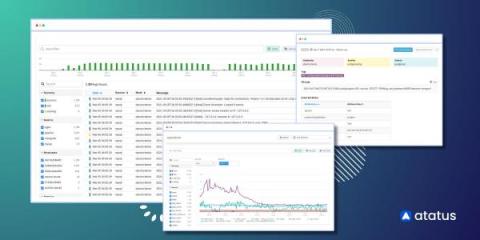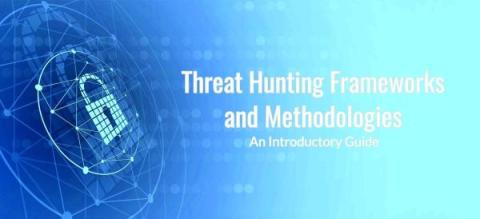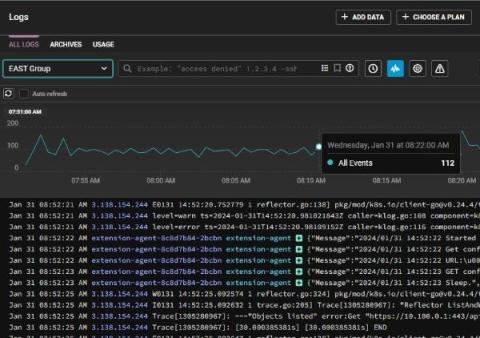Top 5 Outcomes CIOs Need to Accomplish by 2025: Driving Business Value Through Technology
In January 2024, I published findings from some of my recent research as, “Top 5 Outcomes CIOs Need to Achieve by 2025: Driving Business Value Through Technology.” By focusing on these five key outcomes, CIOs can ensure that their technology investments directly contribute to business growth, resilience, and competitive advantage in the years leading up to 2025.









